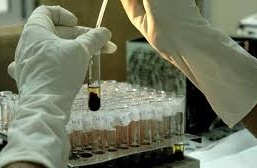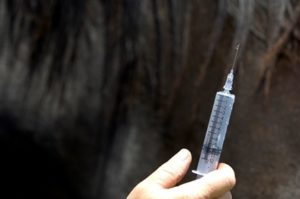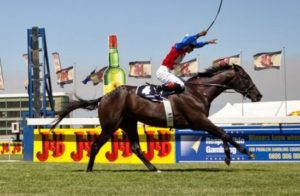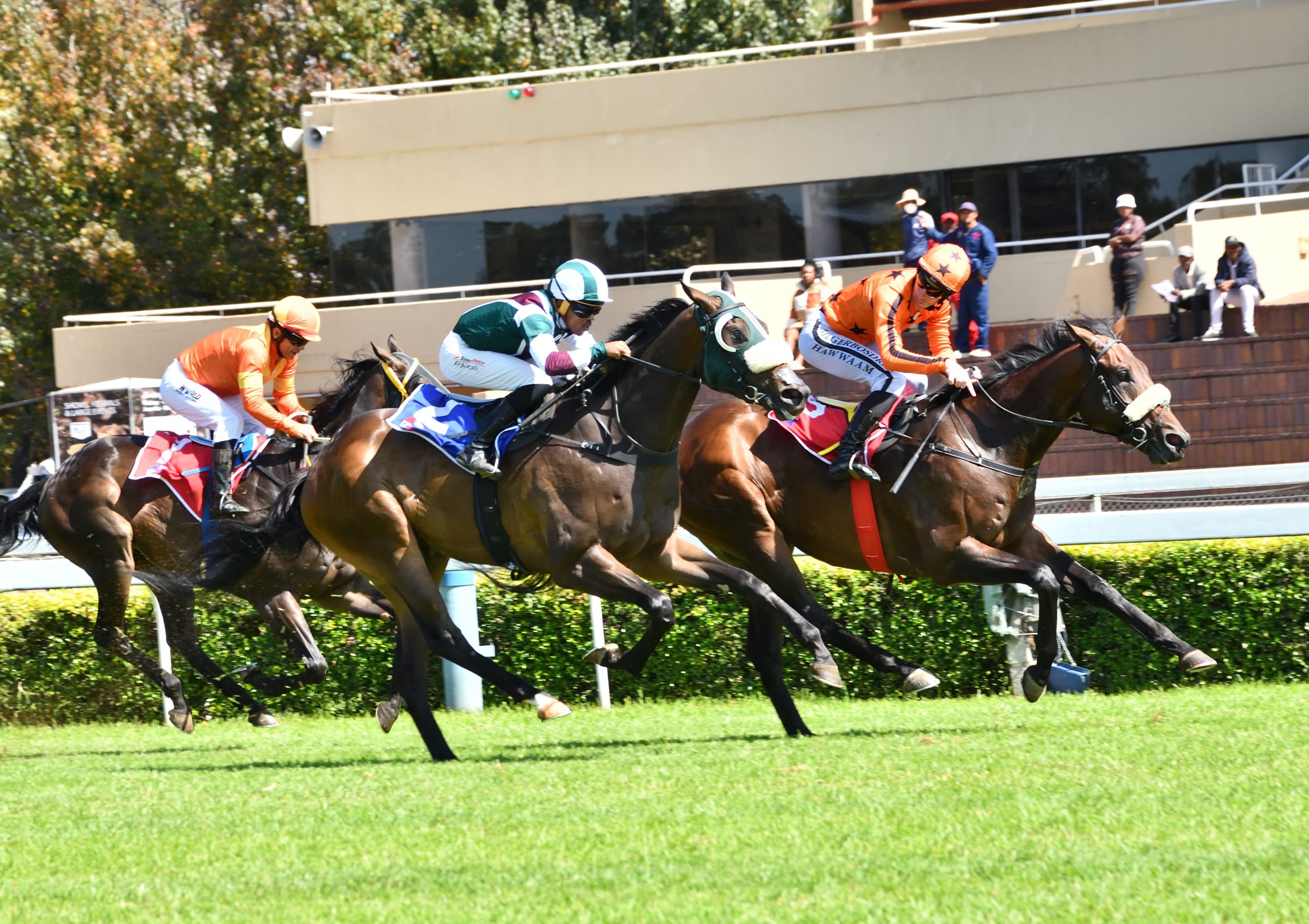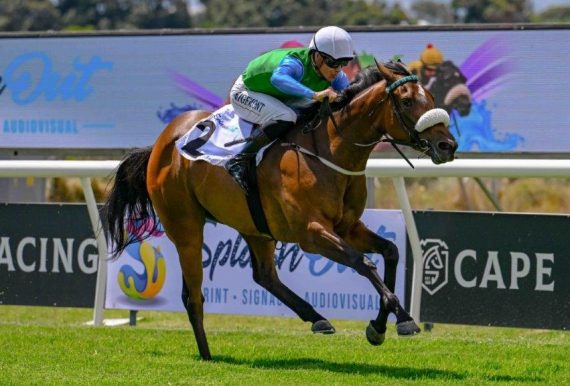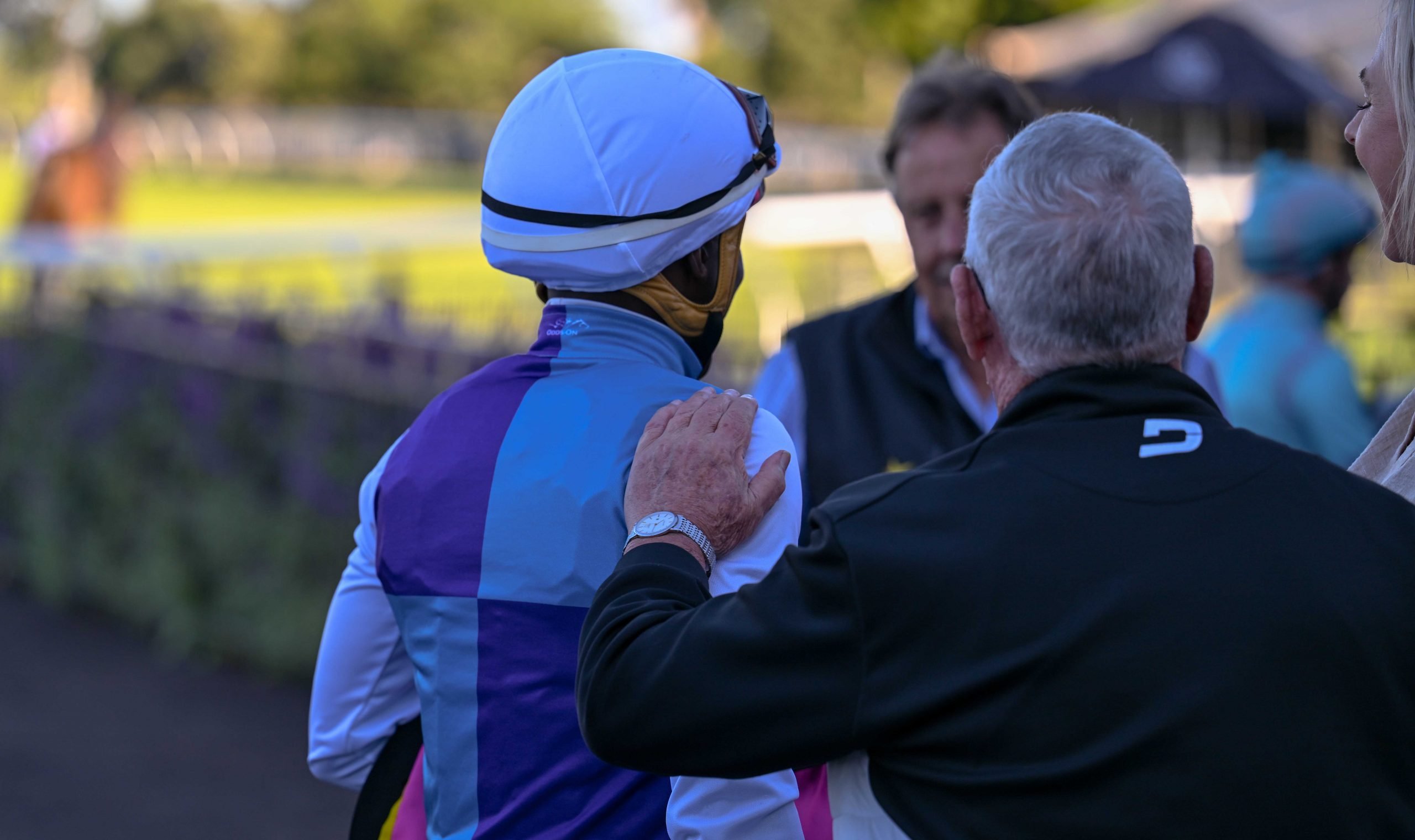Every now and then, I find a piece of work that I’ve half prepared in advance. It’s an unexpected (and rare!) surprise, like a little present to my future self. Like most presents, it can be a bit of a lucky dip and some are more welcome than others, but this present is just a little reminder not to forget why I do what I do. And to remember that it all started with a horse.
Having been granted the magnificent gift of having horses of my own, I occasionally get a little too focussed on the world beyond the stable – the politics, the pettiness, the admin, and stress about deadlines for stories about the politics, the pettiness and the admin. The horse somehow becomes the background noise and all we can see are the peripheral petty issues, which would not be issues at all if we simply kept our eye on the main objective in the first place.
I think if my past self could send my future self a message, it would be to just stop from time to time and forget all the rubbish. Go back to the stable. Breathe deeply. Run your palm slowly across a vast expanse of warm coat and remember that all this started with the love of a horse.
Being Human
Humans being, well human, tend to do funny things and for funny reasons. For most people, loving something means wanting to protect, nurture and improve it, rather than interfere with it so much that it no longer knows what normal feels like, but everyone functions slightly differently, has slightly different capacities and also slightly different views on how or even why to love things. To quote from the Terry Pratchett novel Good Omens, “Most of the great triumphs and tragedies of history are caused, not by people being fundamentally good or fundamentally bad, but by people being fundamentally people.” And therein lies the rub.
When we make our love subject to largely uncontrollable things such as success, and more particularly in our case, success on the race track, and then try and force aspects beyond our control in order to try and manipulate the outcome, well, we’re entering a whole murky new world of dysfunction.
When a positive is a negative
 I’m referring to the recent rash of racing positives, although the medication debate is something of a permanent racing conversation now. I think that’s a good thing as I for one am in favour of drug free racing and for doling out the harshest possible punishment to those who transgress. Of course, the crux of the matter lies in what one deems a ‘drug’. This, fortunately for me, lies in the hands of the relevant authorities to decide.
I’m referring to the recent rash of racing positives, although the medication debate is something of a permanent racing conversation now. I think that’s a good thing as I for one am in favour of drug free racing and for doling out the harshest possible punishment to those who transgress. Of course, the crux of the matter lies in what one deems a ‘drug’. This, fortunately for me, lies in the hands of the relevant authorities to decide.
The second issue is the faint line separating therapeutic medications intended for specific, legitimate medical purposes and those very same substances being used to affect performance. Here things get a lot more tricky as there are so many factors, timelines, unpredictable withdrawal periods etc that can affect it and the authorities have now introduced ‘shades of grey’ in terms of judging offences.
I tend to be a bit of a black and white thinker, and feel that allowing grey areas is simply asking for a big fat headache – where one allows even the barest smidgen of an inch, the proverbial mile will always be tried for. And then we sit with these endless discussions of exactly how much of a positive constitutes ‘proper’ abuse, if it was a legitimately administered substance, could it have been an anomaly in the withdrawal period, could it have been a feed contaminant, yadda yadda. To my mind, it’s far simpler to just draw a clear line so that everyone knows where they stand and say a clear no and have done with it. No mess, no fuss and a lot less work all round.
A few basics
The reasons I am strongly against the use of drugs, therapeutic or not, are twofold, but the first half is neatly summarised by vet Robert Allpress who said: ‘The horse may have been designed by God, but the thoroughbred was designed by man. We have selected from what God designed as effective beasts to suit our own requirements.”
As modern folks spend more time behind a desk than they do in a stable, it’s worth explaining that a horse is a flight animal. It has 3 basic needs in life – to survive, to eat and to breed. If it is doing the second two things on the list, it does them with minimal expenditure of energy. Why? Because when it runs (flees), it does so all out and with the expectation that its life depends on it. That is what millions of years of evolution have conditioned it to do. And millions of years of evolution have resulted in an animal that is all about efficiency of movement and speed. In other words, the maximum amount of speed, for the least amount of effort. 0 – 100 in an instant. It is not something they question, or self-regulate – horses do not reason why they run. They simply run and give their all because some ancient instinct tells them they must.
Engineering
With selective breeding, humans have exploited the design to select the fastest, most efficient, most competitive examples of the breed. With training and higher quality nutrition, we have optimised their development – helped them grow taller, build bigger muscles and move faster. We have not made massive inroads, because horses are designed to operate at the outer limits of their ability already. We then dictate that they run on surfaces of our design and in directions that we determine. We process their food – for our convenience – into concentrated bags of material they would never encounter naturally, or various forms of grass, cut and baled to our specifications to make it easier (for us) to transport, store and dish out. We house them in a 3x3m concrete enclosure for 22 hours out of 24, when nature designed them to travel 30km a day. We have made their environment so artificial that some days I wonder that any of them cope at all. But they do – thanks to their kind, forgiving temperaments. A trait we also exploit. And this is all before we even get to the sticky subject of adding chemicals into the mix.
Pain
Treating a problem is generally easy – it’s diagnosing it correctly that’s tricky and there are several challenges in diagnosing horses.
Horses can’t speak, so their only way of communicating discomfort is by offering physical clues – either by being miserable, or intractable, or by moving differently to normal. If they are in chronic pain, no matter how low the level, then over time this also reflects on the body, by losing weight, losing (or building) muscles in incorrect places. It takes skill to notice these changes, because they happen imperceptibly and in the same way that children are babies one day and grownups the next – those changes happen right before our eyes without us noticing.
To add to the level of difficulty, a horse is a prey animal. Prey animals know that showing any weakness makes them an automatic target for predators, therefore horses instinctively mask or try to hide discomfort, making problems even harder to identify. By the time a horse is clearly showing signs of discomfort, it’s a safe bet the problem has existed for some time and that additional damage has been sustained while you’ve been trying to figure it out.
Awareness
A horse needs to trust its body. It cannot reason like a human can and rest or protect an injured limb. Pain is its communication system with its body and its only way of being able to tell if something is not operating the way it should. Pain is its protection mechanism. If we take that away, we take away their ability to protect themselves, as well as their ability to help us help them.
Once we get into the habit, no matter how well-intentioned, of treating horses for aches and pains, we take away their safety mechanism and their ability to trust their bodies. They are simple creatures – if they feel fine, they behave accordingly. They exert themselves accordingly. And if we disable their physical warning systems, they have no way of adjusting to protect themselves in case of trouble.
Medications plaster over the symptoms without treating the cause and in short are a good way of asking for trouble. If an unsound horse is made to feel sound and then trains or races, it is a danger to itself, a danger to its rider and a danger to all those working around it.
Balance
Unlike humans, horses have no muscles below the knee. In order to achieve the top speeds we find so desirable, they are built to be top heavy, with the big locomotor muscles on top and slim, light bones of the legs below. Researchers have conducted some gruesome experiments into the strength of horses’ limbs. They have held bones down in clamps, and calculated what pressure is necessary to fracture a cannon bone, or whatever. And the conclusion they have come up with is that with every single stride it takes, the horse is at risk. So long as he keeps that magnificent action, he is fine – but at the same time, every stride he takes is a potential disaster. The only way to avoid disaster is to ensure that the system functions in balance.
Once we go tampering with things to build muscle bulk, or increase blood pressure, or decrease blood pressure, or in any way raise, lower, enhance, retard or adjust anything, we throw that entire system out of balance. And when something is out of balance, it’s only a matter of time until something breaks.
Sometimes things only break a little and the only damage is to the horse, your time and your bank account. However, sometimes things break a lot and the potential for damage increases exponentially.
It comes down to a matter of physiology and the amount of stress each individual is designed to withstand. In the same way as engineers calculate the exact camber and curvature of a road and what the maximum safe speed and weight bearing properties are, we all have individual limits as to what our physiology can cope with too. Our basic physiology – ie our bones, muscles, tendons and ligaments and the lungs and physiological processes that drive them – determine what those limits are. The weakest physiological aspect generally sets the bar. If 6 months into training your 3yo colt still looks more like Clark Kent than Superman, it’s a clue that the body is trying to maintain a safe balance and that his underlying skeleton is unable to cope with more muscle mass.
Formula One
In our quest for the best, we want to test and extract the maximum performance out of our horses, which means pushing everything to the maximum, which means that racehorses are essentially Formula One speed machines. Consider that Formula One cars are the result of years of research and unending hours of work from the finest mechanics in the world, get taken apart completely after every race and still keep breaking down in the middle of races, it is any wonder that horses occasionally go wrong? If we have yet to design a perfect vehicle (our idea of a better horse), what makes us so sure that we should be messing around with medications?
Setting aside the altruistic arguments for a moment, the second half of my reason for being firmly against the use of meds is simply that no-one likes to play a game in which the rules or the outcome are rigged. The use of medications presents a false playing field to punters – the very people we depend on to trust us enough to put their money down day after day to provide our turnover – and additionally, it provides false information to those trying to improve the breed as any data is fundamentally flawed. In short, we are shooting ourselves in the foot.
Which to my mind begs the question, not why are we having so many positives, but why are we letting people off so lightly?
Love the horse, people.




